The textile sector is witnessing a notable shift toward sustainable materials as recycled nylon emerges as a prominent alternative to conventional synthetic fibers. This transition reflects growing environmental awareness and evolving industry priorities regarding resource conservation and waste reduction. Recycled nylon production has advanced significantly in recent years, with manufacturers developing sophisticated processes to transform post-industrial and post-consumer waste into high-quality textile materials.
Modern production techniques for recycled nylon involve complex chemical recycling processes that break down waste materials to their molecular components. These advanced methods allow for the creation of new nylon fibers that maintain performance characteristics comparable to virgin materials. The transformation of discarded fishing nets, fabric scraps, and other nylon waste into new textile products represents a circular approach to material usage that reduces dependency on petroleum-based raw materials.
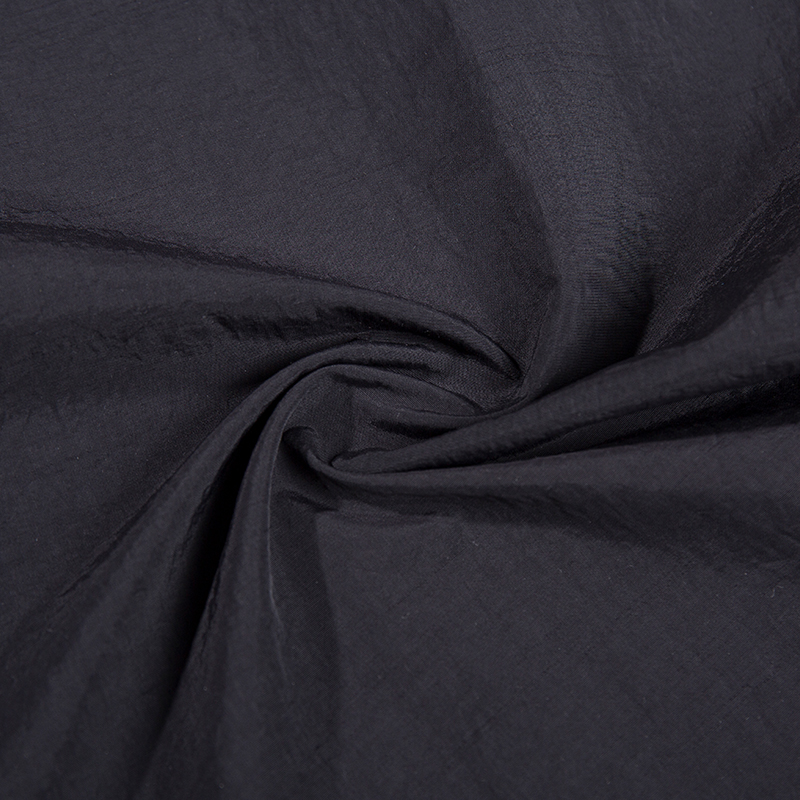
Environmental considerations continue to drive innovation in recycled nylon production. The manufacturing process typically requires less energy and generates fewer greenhouse gas emissions compared to conventional nylon production. Many producers have implemented water recycling systems and energy recovery technologies to further less the environmental impact of their operations. These efforts contribute to a more sustainable lifecycle for nylon products while addressing concerns about plastic pollution and resource depletion.
The market for recycled nylon continues to expand across multiple sectors, including fashion, outdoor gear, and upholstery. Product developers increasingly specify recycled nylon for its combination of technical performance and environmental credentials. The material's durability, elasticity, and resistance to abrasion make it suitable for various applications that demand reliable performance under demanding conditions.
Quality standards for recycled nylon have evolved alongside production capabilities. Manufacturers have established rigorous testing protocols to ensure consistency in fiber strength, color fastness, and overall performance. These quality assurance measures help maintain confidence in recycled nylon among designers and engineers who require predictable material behavior for their products.
Supply chain transparency has become increasingly important for recycled nylon materials. Many producers now provide detailed information about material origins and processing methods, allowing customers to verify the recycled content of their textiles. This transparency supports brand storytelling and helps consumers make informed purchasing decisions based on environmental considerations.
Technical innovations continue to enhance the properties and applications of recycled nylon. Recent developments include improved dyeing processes that reduce water consumption and chemical usage, as well as new fiber constructions that enhance breathability and comfort. These advancements expand the potential uses for recycled nylon in performance apparel and technical textiles.
The future development of recycled nylon appears promising as research continues into more efficient production methods and new sources of raw materials. Ongoing investments in recycling infrastructure and technology are expected to further improve the quality and availability of recycled nylon textiles. These developments support the textile industry's transition toward more circular business models and sustainable material choices.
As consumer awareness and regulatory pressures continue to shape market preferences, recycled nylon stands to play an important role in the textile industry's environmental initiatives. The material's journey from waste product to valuable resource demonstrates how innovation and sustainability considerations can drive positive change in traditional manufacturing sectors. The continued evolution of recycled nylon production methods and applications reflects the dynamic nature of sustainable material development in the modern textile industry.
 EN
EN English
English 中文简体
中文简体 Español
Español عربى
عربى bahasa Indonesia
bahasa Indonesia


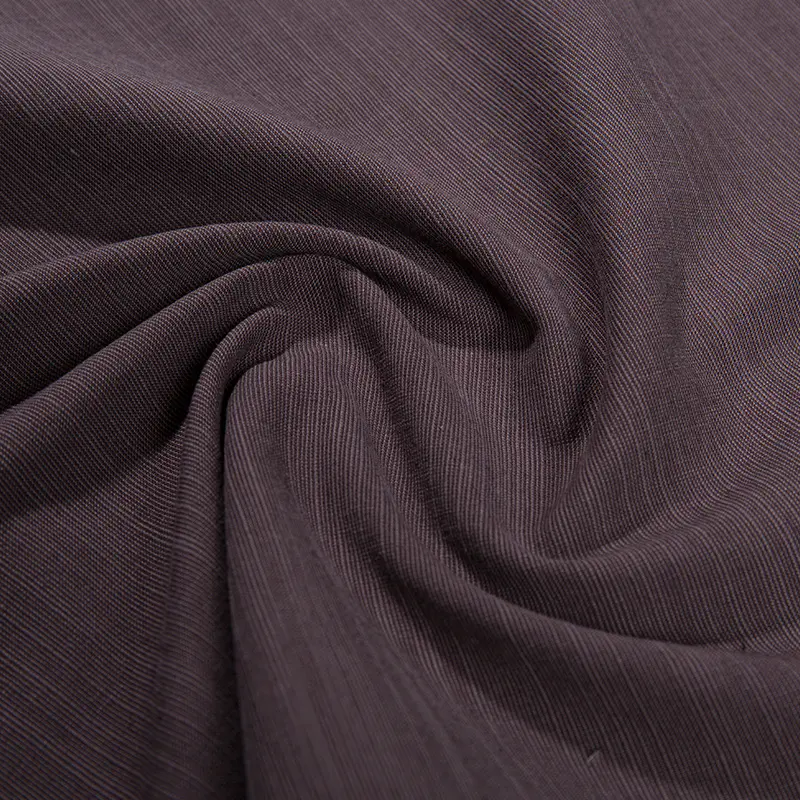
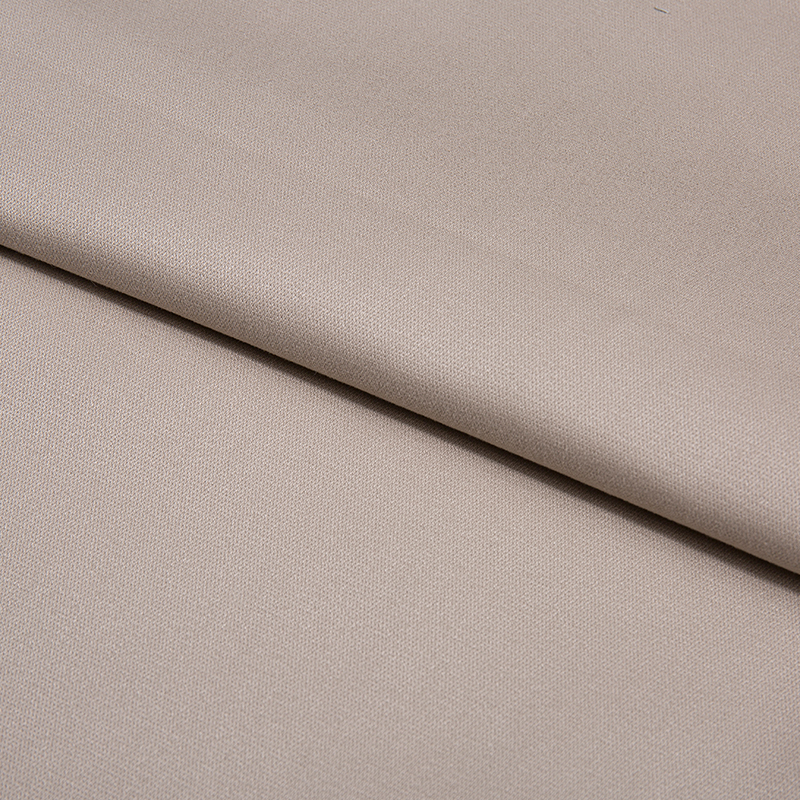
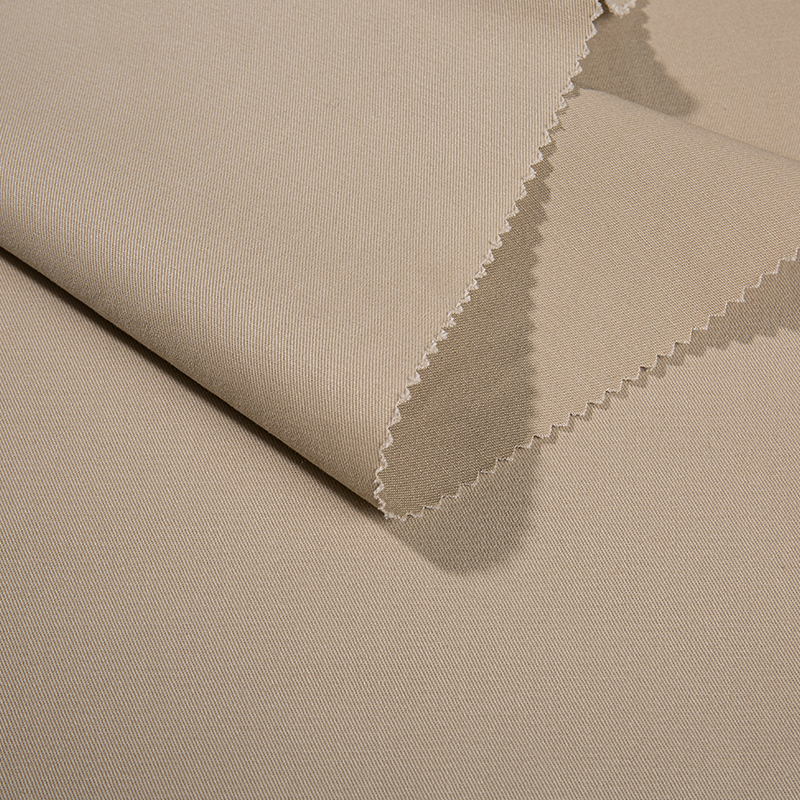
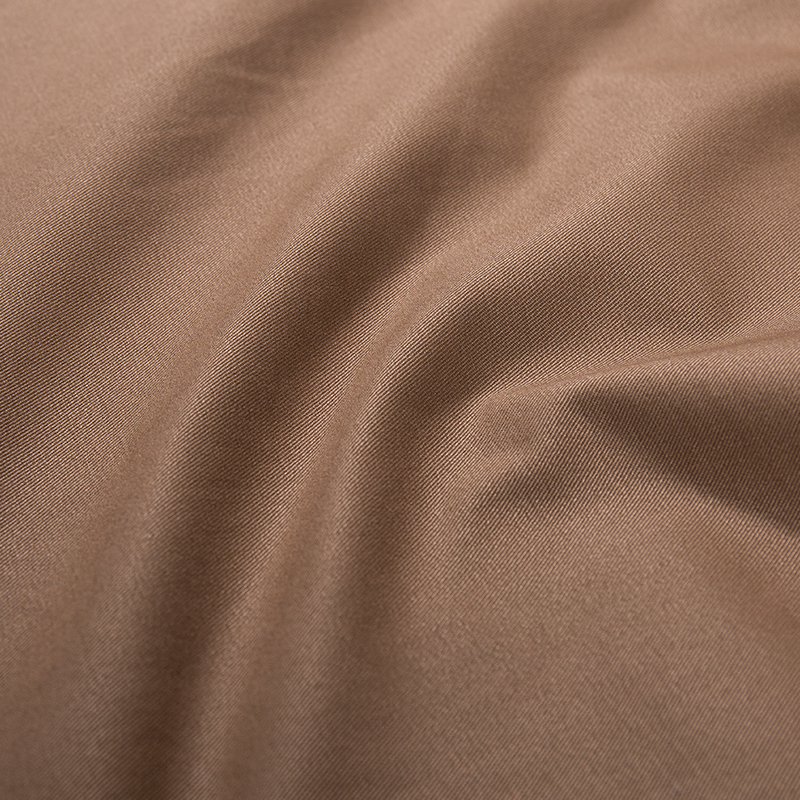
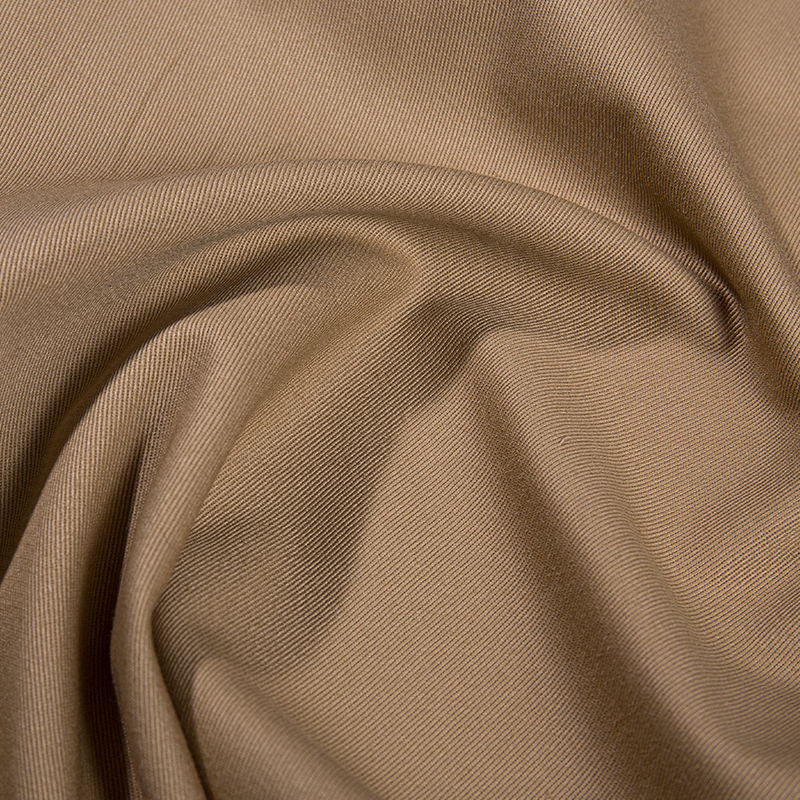

 Add: Beside National Highway 330, Zhuge Town, Lanxi City, Zhejiang Province, China
Add: Beside National Highway 330, Zhuge Town, Lanxi City, Zhejiang Province, China Phone: +86-579-89022355
Phone: +86-579-89022355

